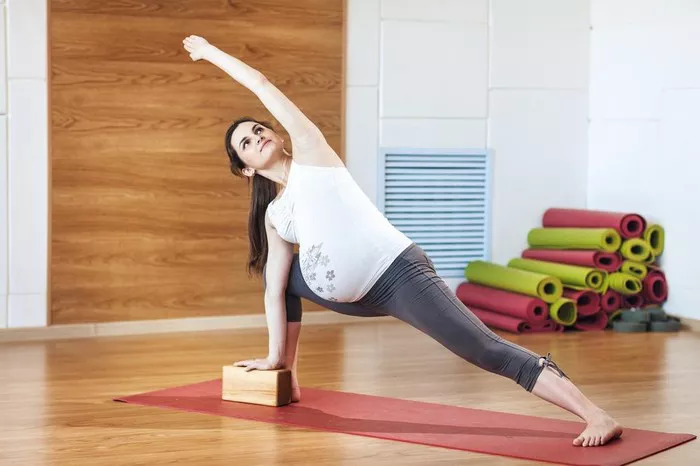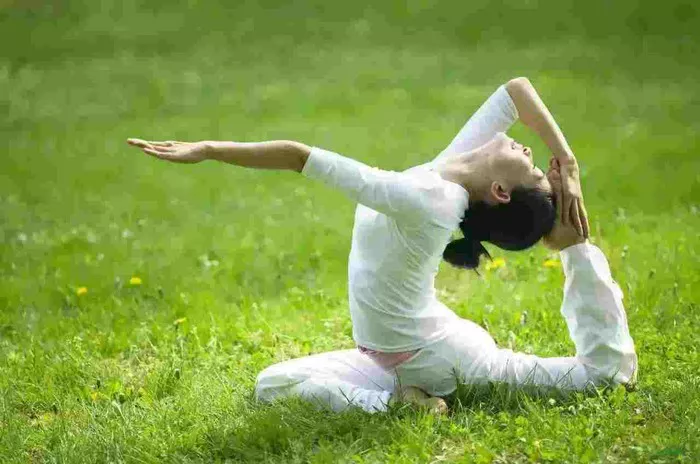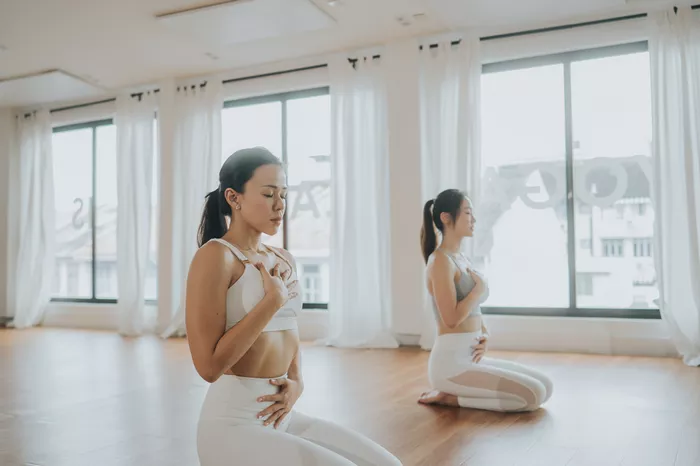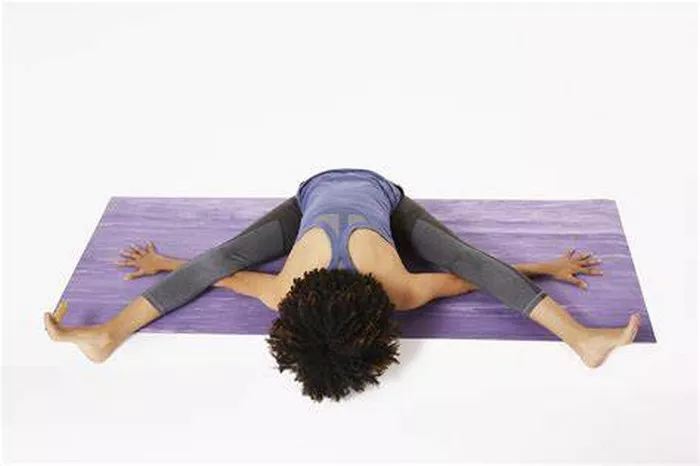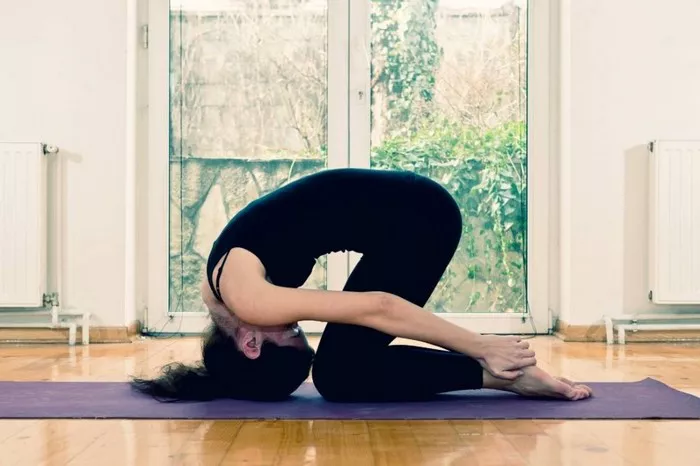Yoga, an ancient practice originating from India, has evolved into various styles, each offering unique approaches to physical postures (asanas), breathing techniques (pranayama), and meditation. Among these styles, Iyengar Yoga stands out for its emphasis on precision, alignment, and the use of props. Understanding the distinctions between Iyengar Yoga and other prevalent forms of yoga can help practitioners choose the style that best aligns with their goals and needs.
Origins and Philosophy
Iyengar Yoga was developed by B.K.S. Iyengar, who dedicated his life to the study and teaching of yoga. His method focuses on the meticulous alignment of the body in each pose, ensuring that practitioners achieve the correct form to prevent injury and maximize benefits. This approach is rooted in the belief that precise alignment can lead to the harmonious functioning of the body and mind.
In contrast, other yoga styles may prioritize different aspects:
Hatha Yoga: Often considered a gentle introduction to the basic yoga postures, Hatha Yoga emphasizes balance between the body and mind through physical postures, breathing exercises, and meditation.
Vinyasa Yoga: Characterized by fluid transitions between poses synchronized with breath, Vinyasa offers a dynamic and flowing practice that builds heat, endurance, flexibility, and strength.
Ashtanga Yoga: A rigorous style following a specific sequence of postures, Ashtanga combines breath with movement to produce an internal heat designed to purify the body.
Bikram Yoga: Consists of a fixed series of 26 postures practiced in a room heated to approximately 105°F (40°C) to promote detoxification and flexibility.
Key Differences Between Iyengar Yoga and Other Styles
Emphasis on Alignment
Iyengar Yoga places a strong focus on the precise alignment of the body in each posture. Props such as blocks, straps, and bolsters are commonly used to assist practitioners in achieving correct alignment, regardless of their level of flexibility or experience. This meticulous attention to detail helps prevent injuries and ensures that the benefits of each pose are fully realized.
In contrast, while alignment is important in other styles, the degree of emphasis varies. For instance, Vinyasa and Ashtanga Yoga prioritize the flow of movement and synchronization with breath, sometimes placing less focus on holding poses to refine alignment.
Use of Props
A hallmark of Iyengar Yoga is the innovative use of props to facilitate proper alignment and accommodate individual limitations. Props enable practitioners to experience the essence of each pose without strain, making the practice accessible to a wider range of individuals, including those with injuries or physical challenges.
Other styles, such as Ashtanga and Bikram Yoga, traditionally do not incorporate props, expecting practitioners to perform poses without additional support. This approach can be more challenging for beginners or those with limited flexibility.
Pacing and Duration of Poses
In Iyengar Yoga, poses are typically held for extended periods, allowing practitioners to delve deeply into the posture, make subtle adjustments, and develop strength and stability. This deliberate pacing fosters a meditative awareness and a profound connection between mind and body.
Conversely, styles like Vinyasa and Ashtanga involve a more rapid progression through poses, with each movement linked to an inhalation or exhalation. This creates a dynamic and physically demanding practice that emphasizes cardiovascular fitness and stamina.
Sequencing
Iyengar Yoga does not adhere to a fixed sequence; instead, classes are structured to address specific themes, body parts, or therapeutic needs. This flexibility allows instructors to tailor sessions to the unique requirements of their students.
In contrast, Ashtanga Yoga follows a strict sequence of poses, with each series building upon the previous one. Bikram Yoga also utilizes a set sequence of 26 postures, performed in the same order in every class.
Therapeutic Applications
The precise alignment and use of props in Iyengar Yoga make it particularly suitable for therapeutic applications. Practitioners can modify poses to address specific health concerns, aid in injury recovery, and accommodate physical limitations.
While other styles can offer therapeutic benefits, they may not provide the same level of customization and support for individuals with specific needs.
Choosing the Right Style for You
Selecting the appropriate yoga style depends on individual goals, physical condition, and personal preferences:
For Beginners: Iyengar Yoga’s emphasis on alignment and use of props provides a solid foundation, making it an excellent choice for those new to yoga.
For Fitness Enthusiasts: Those seeking a vigorous workout might prefer the dynamic flow of Vinyasa or the disciplined structure of Ashtanga Yoga.
For Flexibility and Detoxification: Bikram Yoga’s heated environment can enhance flexibility and promote detoxification through sweating.
For Stress Relief and Relaxation: Hatha Yoga offers a gentle practice focusing on breathing and meditation, ideal for stress reduction.
Conclusion
Iyengar Yoga distinguishes itself through its meticulous attention to alignment, innovative use of props, and adaptability to individual needs. While other yoga styles offer their own unique benefits, Iyengar Yoga provides a structured and accessible approach that can be particularly beneficial for beginners, those with physical limitations, or individuals seeking a therapeutic practice. Ultimately, the best yoga style is one that resonates with you and supports your journey toward physical health, mental clarity, and overall well-being.
Related Topics:

